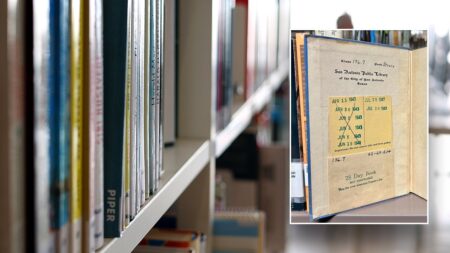nor Washington’s secret ally…is proven by historians. However, there is an abundance of evidence suggesting that Betsy Ross played a vital role in American history, not once, but twice.
Born Elizabeth “Betsy” Griscom on January 1, 1752, in Gloucester City, New Jersey, Ross moved to Philadelphia as a child with her family. Breaking with her Quaker upbringing, she eloped with John Ross in 1773, a man outside the Society of Friends. Tragically, her first husband died in a gunpowder explosion just three years later.
In June 1777, Ross married sailor Joseph Ashburn, who was captured by the British and died as a prisoner of war in 1782. Despite the loss of her two husbands, Ross built a successful seamstress business, gaining notoriety for her skill.
The famous story of Betsy Ross sewing the first American flag originates from a family account in which a committee of Congress approached her in 1776 to create a flag. According to her grandson William Canby’s recollection to the Historical Society of Philadelphia in 1870, Ross was familiar with George Washington, having met him several times when he was still a colonel. She completed the flag with 13 alternating red and white stripes and 13 white stars on a field of blue, representing the American colonies. This design, known as the Betsy Ross Flag, was officially adopted by the Continental Congress on June 14, 1777.
Despite the lack of concrete evidence, the legend of Betsy Ross sewing the first American flag captured the imagination of the American public, who sought a national figure to join the Founding Fathers. Ross’ story was further immortalized by her association with George Washington, with whom she was rumored to have a secret relationship during the Christmas night raid across the Delaware River in 1776.
The significance of Betsy Ross as a national icon is demonstrated by the preservation of her purported residence in Philadelphia, which remains a top historical attraction alongside Independence Hall and the Liberty Bell. Despite her blindness in later years, Ross continued to recount the story of making the first American flag to her family, cementing her legacy as a symbol of American patriotism.
The story of Betsy Ross encapsulates the spirit of resilience and determination that characterized the American Revolution. Her role as a skilled seamstress and potential secret ally to George Washington underscores the crucial contributions of ordinary individuals in shaping the course of history. Although historians debate the veracity of her story, the enduring popularity of Betsy Ross reflects her enduring legacy as an emblem of American identity and patriotism.












